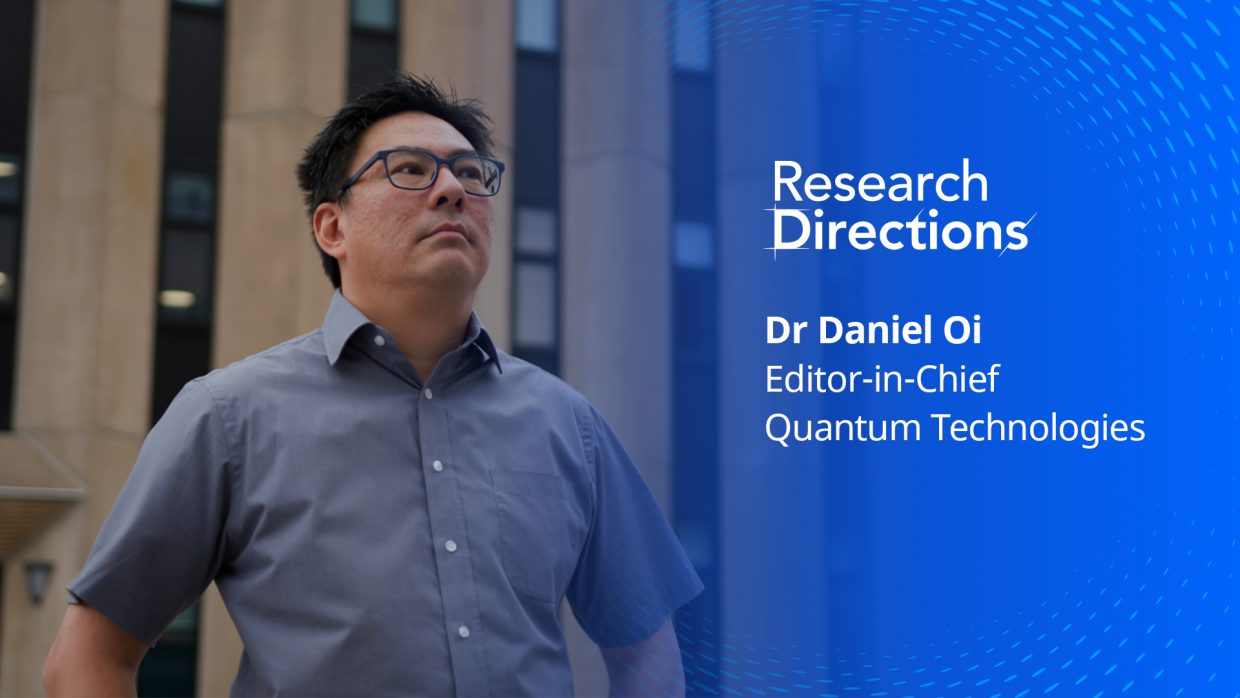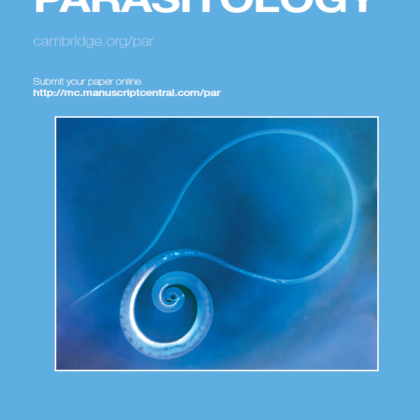Quantum quest
Daniel Oi, Editor-in-Chief of Research Directions: Quantum Technologies sheds light on a challenging subject

‘Science is driven as much by what we don’t know as it is by what we already know,’ states Daniel Oi.
Indeed, Daniel’s interest in the field of quantum technologies was driven by his early interest in how the world works, how to construct things, and all things scientific – from his double degree in Science and Engineering at the University of Western Australia, via time as a research fellow at the University of Cambridge, to becoming a reader in the Computational Nonlinear and Quantum Optics group at the University of Strathclyde in Scotland.
While quantum technology is a field of science that is challenging to many, Daniel was intrigued by a theory that was still young but could be applied to real-world issues. At Strathclyde and with other organisations, he works with experimentalists and engineers to develop space quantum communications, launching satellites to test components and systems that may one day help form a global quantum internet.
In a nutshell, quantum technologies are those that use the physics usually seen in sub-atomic particles – that is, behaviour that cannot be explained by classical physics: the physics of Newton and Einstein, for example. Quantum rules allows for the construction and operation of computers that may be able to solve certain problems in a much faster and efficient way than conventional machines; while other aspects of quantum phenomena can be used to make extremely sensitive sensors, more accurate clocks, enhanced imagers, and to provide for better navigation. It also has the potential to revolutionise sectors such as information technology, health, defence, manufacturing, and transport.
Breaking down silos
Reflecting the progress and vast potential within the field, last year saw the launch of Research Directions: Quantum Technologies, a question-led journal published by Cambridge University Press with the aim of focussing the community on important and central issues in the field, where such concerted efforts are likely to produce key advances.

Daniel explains: “Science is driven as much by what we don’t know as it is by what we already know. The underlying ethos of Research Directions is to open up the process of doing science for the benefit of all researchers and society. We are working towards building a community willing to share and cooperate throughout the research journey. Core to this is the curation, collection, and organisation of grey literature and outputs such as posters, code, data sets, and presentations that often provide the missing pieces required not only to reproduce published results but also extend and generate new work.”
He continues: “Science is a collective effort and in areas such as Quantum Technologies highly multidisciplinary requiring the combined knowledge, skills, and interaction of different fields for its progress. Research Directions: Quantum Technologies brings together mathematicians, computer scientists, theoretical and experimental physics, engineers, and industry to tackle extreme challenges. Ultimately, we want to break down the silos between individual fields and stimulate cross-fertilisation of ideas, methods, techniques, and often tacit knowledge that is not evident in the final output or paper.”
Daniel, who says he was “honoured” to be appointed Editor-in-Chief of the journal, hopes that it an opportunity to positively impact the quantum community – not just researchers but also other stakeholders including industry, government, and the third sector. The journal not only crosses discipline boundaries but also acts vertically along fundamental and translational research, industrialisation, including policy and social concerns.
Harmonious collaboration
Daniel admits that the first few months in his role has been a steep learning curve, while coming out of the pandemic has been a difficult period with many people lacking the time to devote to new activities (though in his spare time Daniel himself still finds the energy to sing tenor in a chamber choir).
“Despite this,” he says, “we have been very fortunate to recruit a dedicated, enthusiastic, and growing editorial team, senior editorial board, and advisory council. We have developed a wide-ranging set of initial research questions, from control theory, algorithmic benchmarking, fundamental physics, scalability, communications, to healthcare and medicine. We are steadily generating interest and the first submissions have come in.
“Our long-term goal is to be not just another journal in a crowded ‘hot topic’ area, but to develop a broad community spanning the entire field contributing a wide range set of research assets and peer-reviewed outputs that answer crucial challenges to the development and benefit of quantum technologies.”






